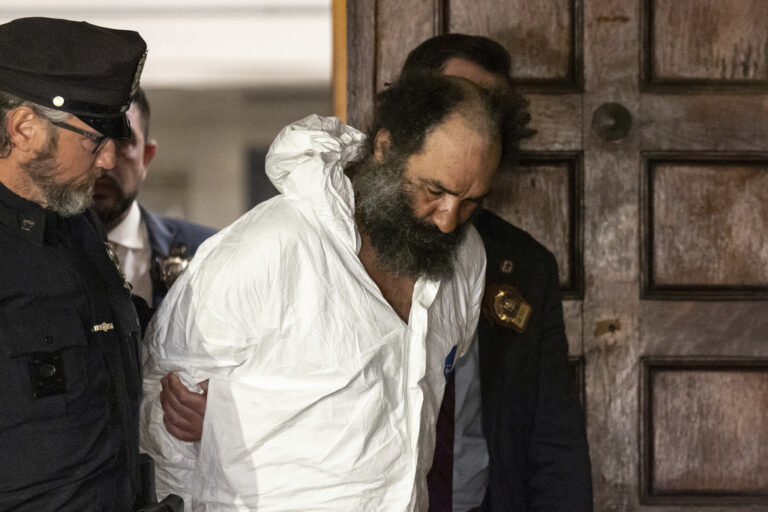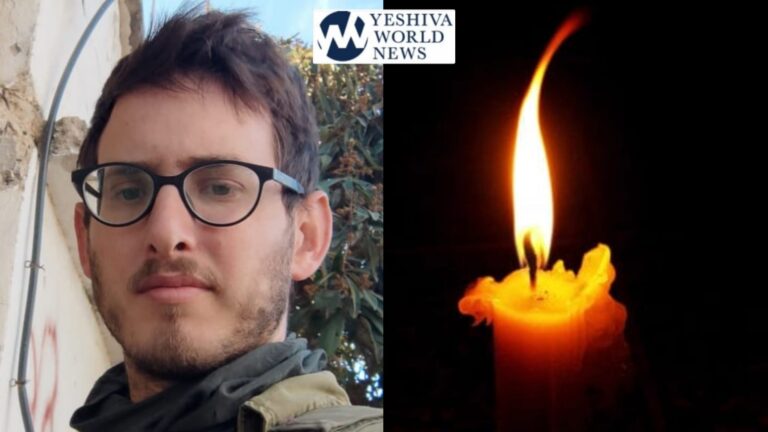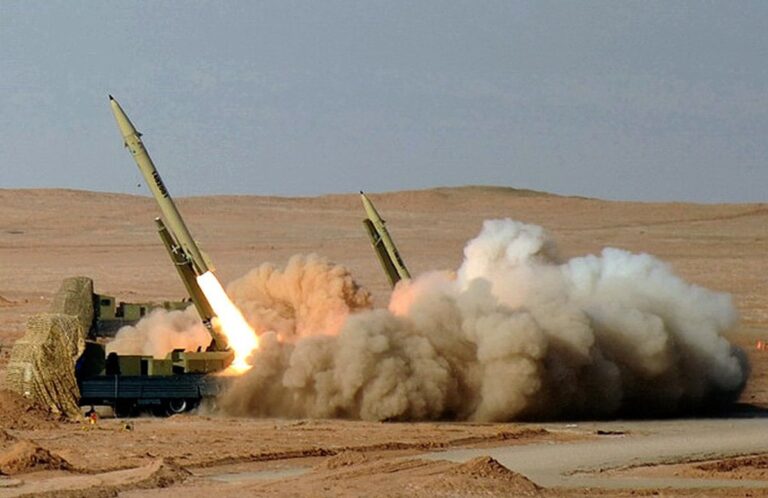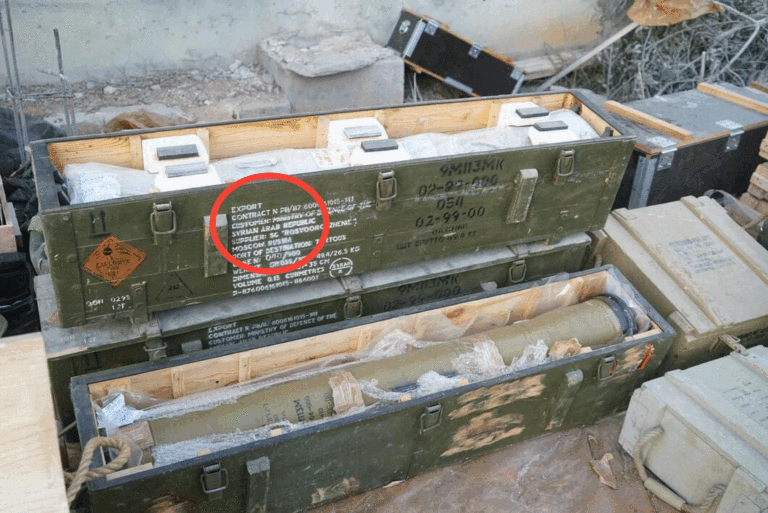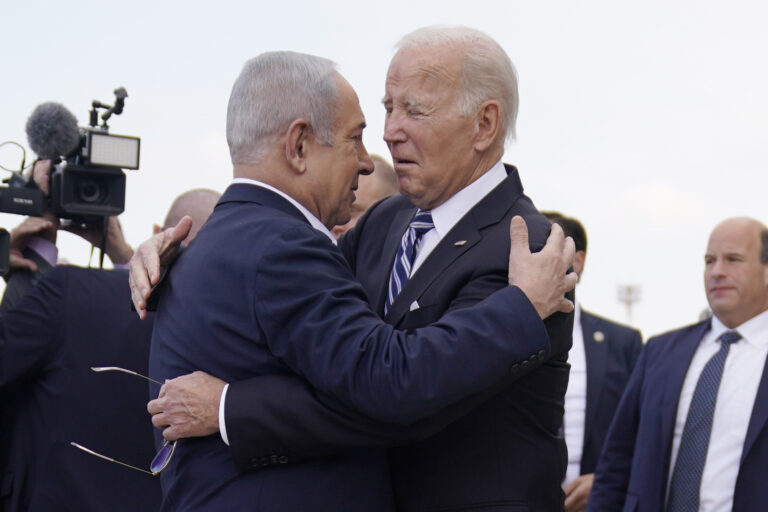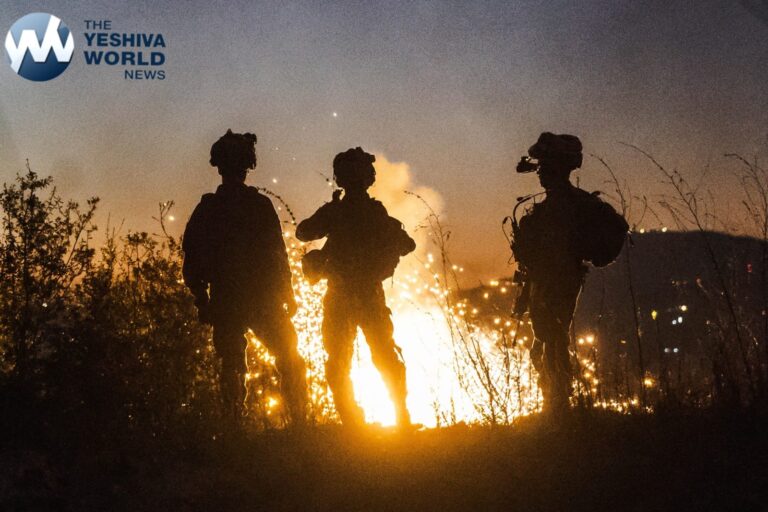 United Hatzalah (UH) has undertaken a new initiative to help save lives in Meron during the Lag B’Omer. Based upon conclusions drawn from previous years’ experiences, the UH will be implementing new technology to help save lives faster during the festivities surrounding the yahrzeit of Rashbi ZT”L ZY”A .
United Hatzalah (UH) has undertaken a new initiative to help save lives in Meron during the Lag B’Omer. Based upon conclusions drawn from previous years’ experiences, the UH will be implementing new technology to help save lives faster during the festivities surrounding the yahrzeit of Rashbi ZT”L ZY”A .
In previous years, United Hatzalah, which receives over 400 calls during the course of the festivities in Meron, has received help from the performers on the main bandstand who have a better view of where injured people have been located. The performers would stop the music and shout “Hatzalah” and the location in order to notify the medical teams as to where an injured or sick person was located. This year, in order to streamline that process and speed up response time, UH will be installing a Touch-screen location-based dispatch platform integrated with United Hatzalah’s award-winning LifeCompass technology on the bandstand. This specialized platform will allow the performers to simply push a button and alert United Hatzalah as to the whereabouts of the injured or sick person. The new system will be connected to United Hatzalah’s mobile command center and will have locations already highlighted on the screen allowing the performers to simply push the appropriate button and a Hatzalah team will be dispatched immediately to the area.
“This new system will allow our medical team to arrive in a matter of seconds, as opposed to last year when volunteers had to search for far too long for the injured or sick person in order to help someone,” said Shmulik Avraham, the Director of Emergency and Security Operations at United Hatzalah.
Each year the United Hatzalah mobile command center, which is set up just outside the tziyun for Lag B’Omer receives hundreds of calls for help from injured and ill attendees who visit the site. Most of the calls arrive without providing an exact location of the injured or sick person, making locating the individual incredibly time consuming and a rescue incredibly difficult. The medical teams on patrol need to begin searching for the injured or ill person in all quadrants of the complex and thus lose valuable time.
In addition to the new specialized platform, UH will, once again, be putting up signposts around the compound and outlying streets which will be integrated into the Lifecompass technology so that a caller can report the sign number and the corresponding coordinates will immediately be relayed to medical patrol teams in the field. This will allow the command center to get an accurate location of the injured person to within just a few meters.
The tziyun compound and surrounding area will be divided up into 102 separate sections, each with their own assigned number. The Lifecompass technology will be used by EMS response teams, the police, as well as other rescue organizations in order to identify in which part of the graveside compound an emergency incident occurs. According to United Hatzalah’s Director of Operations, David Krispil, “a map of these segments is being printed and provided to over 800 emergency response personnel including the police, search and rescue teams, and other emergency agencies taking part in the operation.
(YWN – Israel Desk, Jerusalem)


